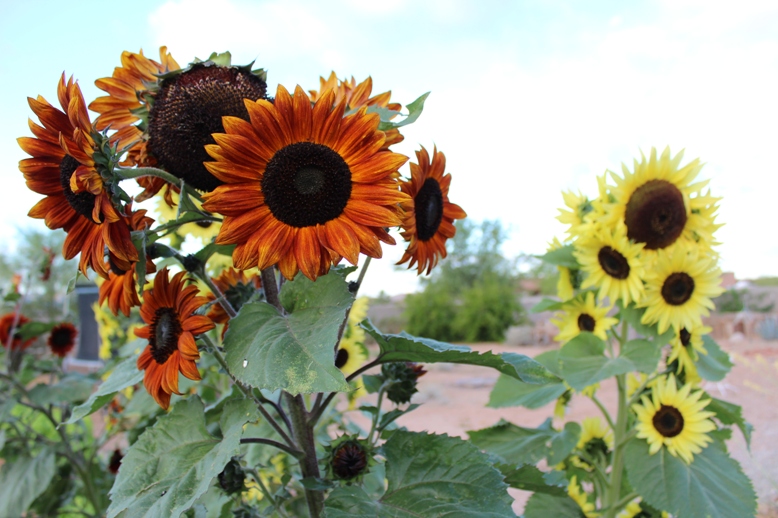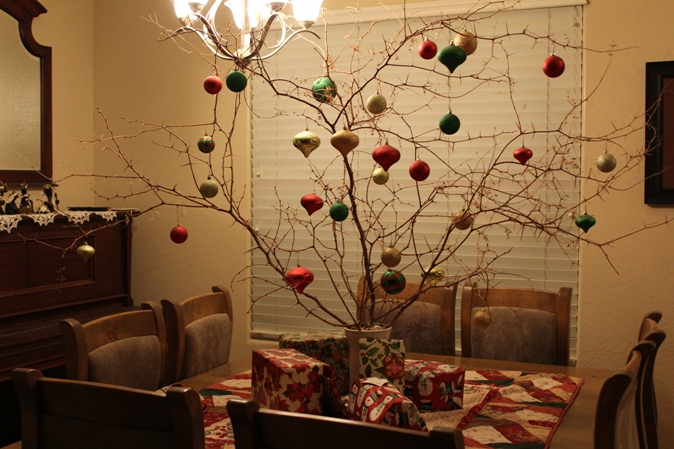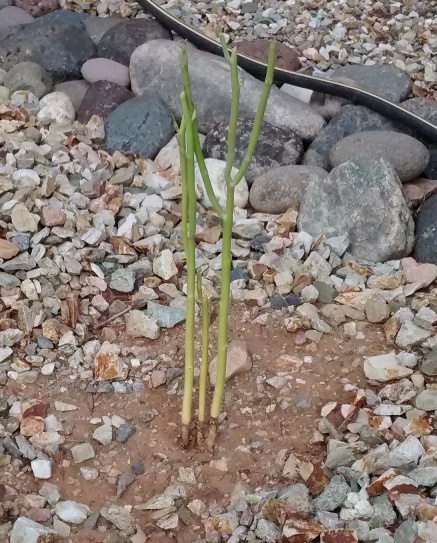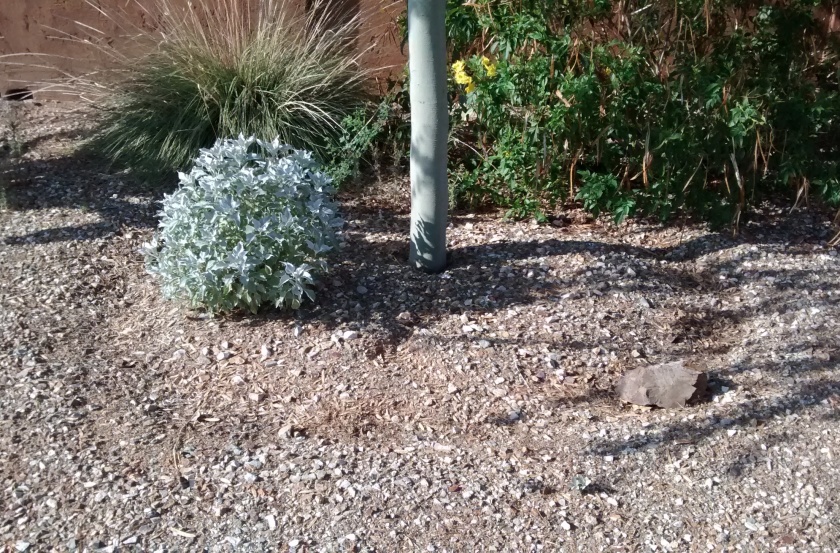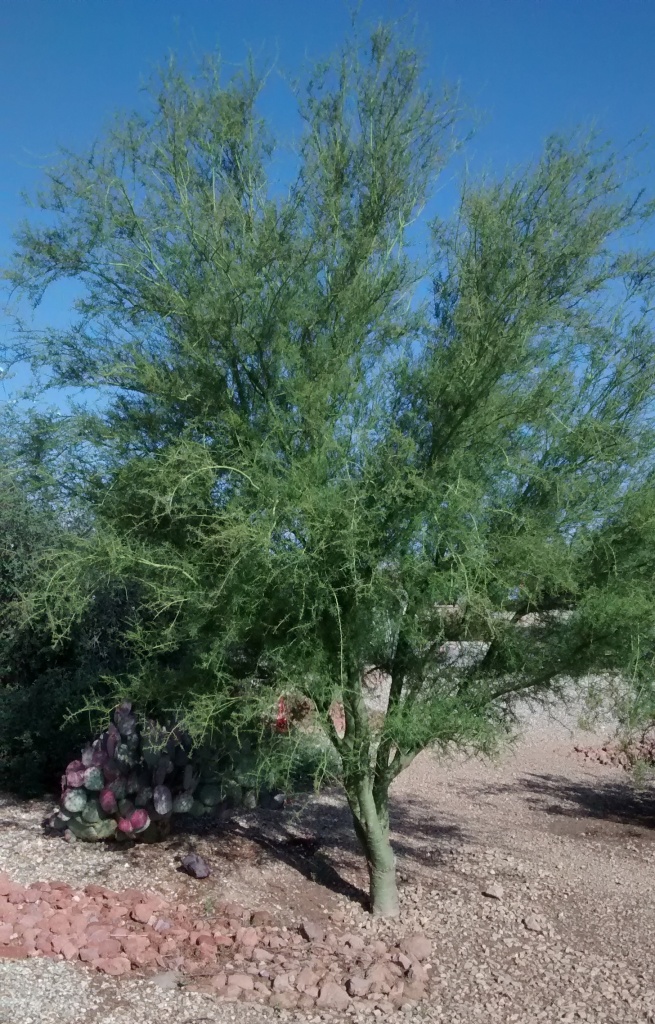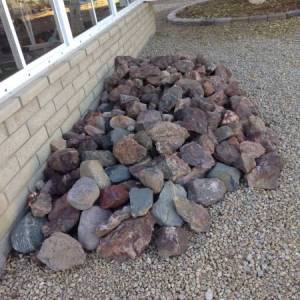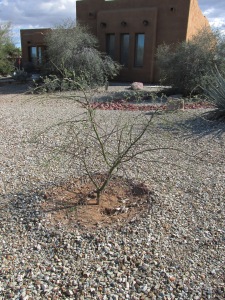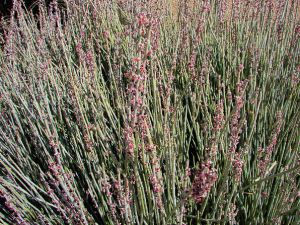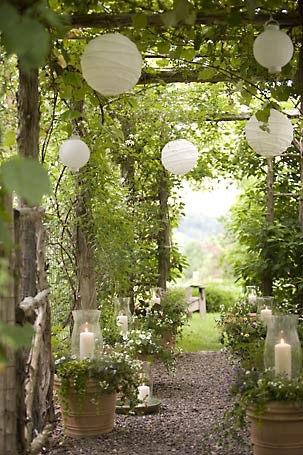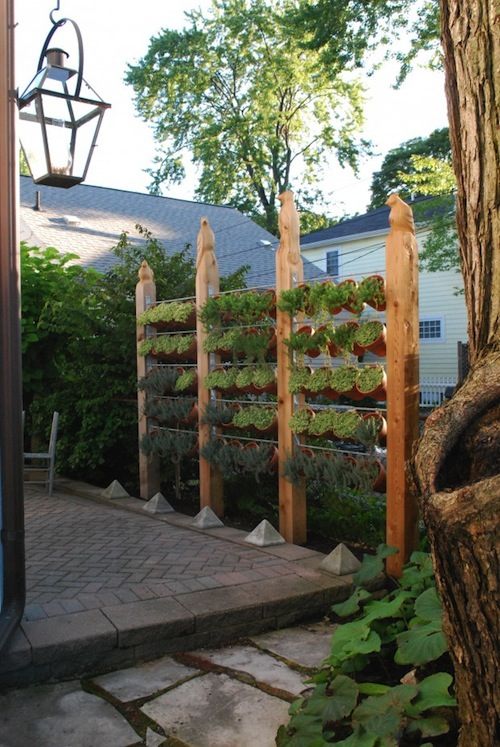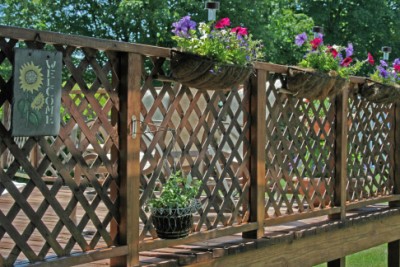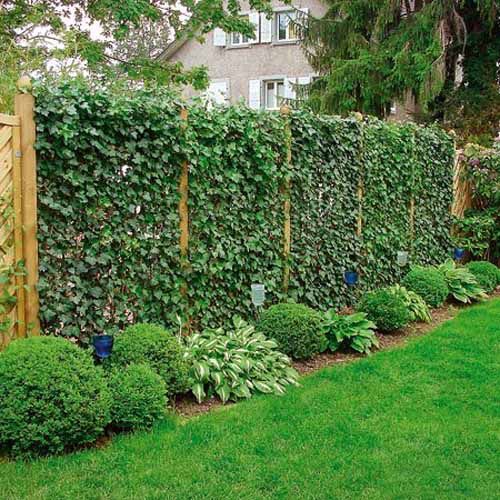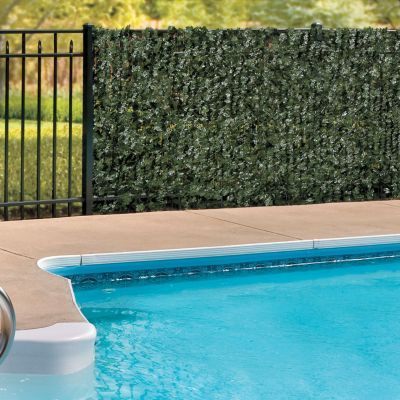Book Review: Planting Design for Dry Gardens by Olivier Filippi
With summer slowing down I have been gazing longingly at my yard. When I saw this book at the library, I grabbed it and have enjoyed browsing through it.
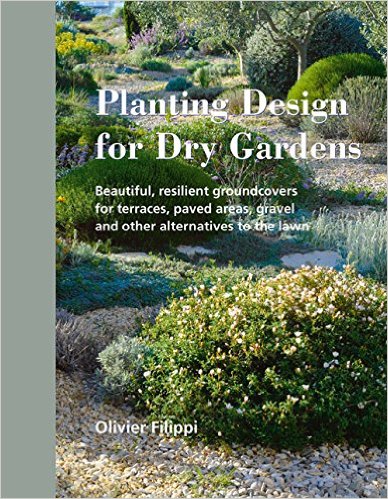
Image from Amazon
This book has amazing photos. I love being able to see what he describes. Mr Filippi has a fascinating introduction that talks about how lawns came to be so incredibly popular and why it is time to explore some landscaping alternatives. He then describes a variety of groundcover options that encompass everything from lawns and meadows to gravelled areas and shrubs. I love how he states the advantages and disadvantages of each landscape. Here are his categories:
- Lawns with warm-season groundcovers
- Green carpets: plants you can walk on
- Flowering carpets: a mixture of groundcover plants
- Mixed grassland “lawns”: the art of cultivating weeds
- Flowering steppes
- Gravel gardens
- Terraces, paths, and steps: the greening of stone surfaces
- Perennial and shrub groundcovers for large areas
- Pioneer plants for slopes and wild gardens
- Flowering meadows in dry climates
The best part about this book is the step-by-step instructions for executing the design. The second section of the books describes how to prepare and plant each type of groundcover. I didn’t know that heavy clay soil has to be “decompacted” in order for most plants to establish well. You must break up the clay so that roots can spread throughout the soil. He recommends digging to a depth of 30 cm, but I don’t think I am strong enough to dig Arizona soil that far. I also learned that a gravel mulch 6 cm deep is thick enough to suppress germination of most weeds. The hands-on landscaping expertise makes this book a valuable resource.
I like how Mr Filippi encourages us to embrace plants in all seasons and plan for summer dormancy in dry areas. A summer dormant landscape in Arizona conserves water and requires less care when it is least comfortable to be outside.

Demonstration garden in spring

Same demonstration garden in summer. Images from mediterraneangardensociety.org.
This book has a disadvantage of using plants for European landscapes. While some of the plants may be available here, the goal of xeriscaping ideally uses plants from the same region that are most ideally situated for the climate. The concepts in this book can easily be transferred to a palette of southwestern plants.
If you like reading landscaping books, I definitely recommend this one.


